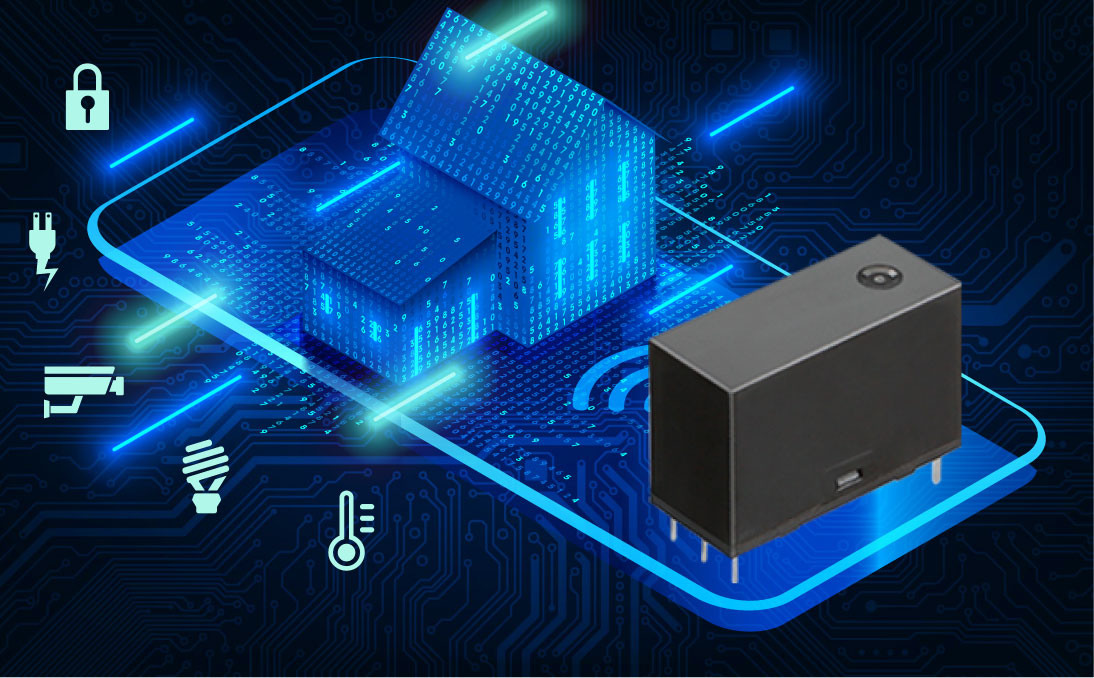
The Difference Between Latching and Non-Latching Relays
Published on- Relays & Contactors
A latching relay is an electromechanical switch commonly selected when the operator must control (either switch off or amplify) a large amount of current flow. It will remain in the last position it was when last powered, whereas a non-latching relay will return to its typical position. While latching and non-latching relays share many similarities in design and function, their significant differences allow each type to be more suitable for separate applications.
How Latching and Non-latching Relays Work
Non-latching relays stay in continuous normally closed (NC) position without power supply. When power flows through the relay’s coil the relay switches to a normally open (NO) position, remaining here while power is applied. Once power is removed the non-latching relay returns to its static NC position. Because of this, they are excellent options for push-button applications like keyboards and micro-controller buttons. Latching relays, also known as bistable relays, do not require constant power to maintain contact closure. In turn, they offer conservation of electrical energy and several advantages of use. Some applications that benefit from their valuable functions are smart home appliances, HVAC and refrigeration, smart meters, lighting control, smart outlets, and security equipment. Panasonic’s low profile DW Series Polarized Relays’ thin product height of only 15.8 mm allows for compact sizing with no loss of functionality for remote-control systems. Available in 1 and 2 coil latching configurations, these highly reliable relays run at high operating power and are robust under stressful conditions, making them a desired selection for smart devices and remote-control systems.
Non-latching Function vs Latching Functions

In this connection diagram above, the black coils represent the set state when energized. When using single-coil latching type Relays there is a coil with both positive and negative signals that are pulsed to set the Relay. Then the Latching Relays are pulsed with the reverse polarity to reset the Relay. When using a 2-coil Latching Relay, there are two independent coils where the first one is pulsed to set the Relay and, the second coil is used to reset the Relay. For most customers, a single-coil latching type Relay is sufficient, but at times it's difficult for the design to reverse the polarity. In this case, using a 2-coil Latching Relay may be more convenient.
Example Of Non-latching Relays
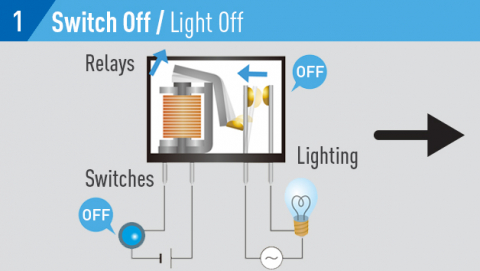
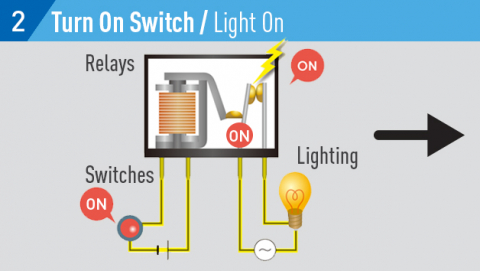

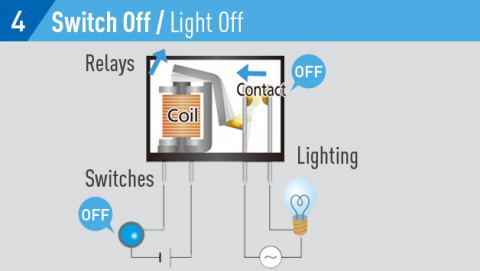
In Case Of Latching Relays
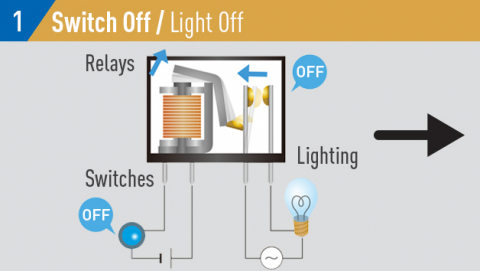
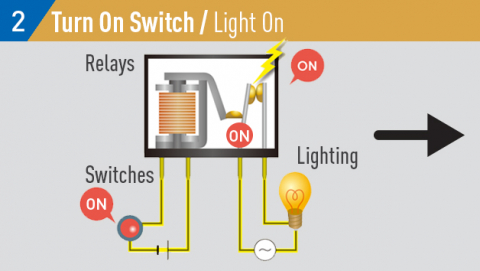
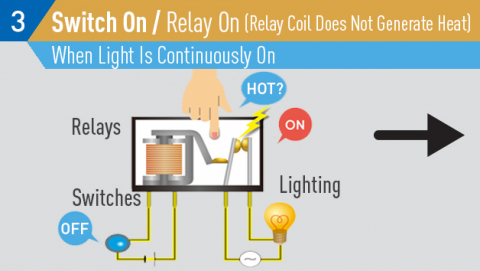

DW Relays Applications

Smart Appliances
Smart appliance devices offer homeowners immediate control, convenience and information. Smart refrigerators, washers and dryers, automatic vacuums, security cameras and the like can monitor energy being used and reduce waste.
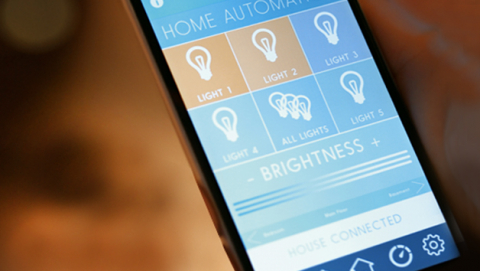
Smart Lighting
Smart lighting allows lights to be turned on and off with human body detection. For safety purposes and prevention of fire, heat generated from switch boxes much always be avoided. With low power consumption, low heat generation and low profile, Panasonic DW Relays are the recommended Relay of choice.
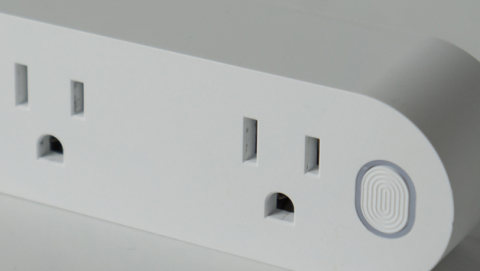
Smart Plug
Smart plugs provide the convenience of accessing and turning on and off appliances remotely. Panasonic's low-profile DW Relays help make remote-control systems for smart homes smaller and thinner as well as less power consuming.

Security And Protection
Integrated smart home security systems can monitor multiple areas of concern at once. Lighting can be turned on and off with human body occupancy detection. With battery consumption as a main concern, DW Relays offer relief with its low power consumption and energy savings.
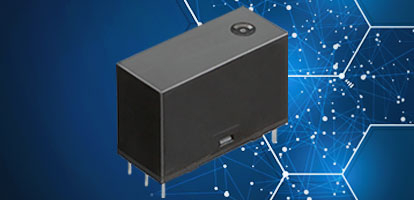
Panasonic's compact DW Series Relays offer 1 and 2 coil latching configurations. Ideal for energy saving devices such as home appliances and lighting control equipment, these highly reliable Relays have 100A inrush capability with a 600W nominal operating power. DW Relays are available in a low-profile height of 15.8 mm and conform to various safety standards.

Panasonic Power Relays with greater than 2A nominal switching capacity are available in polarized and non-polarized types. These mechanical relays offer an array of switching capacities up to 120A AC and 300A DC and several contact arrangements and sizes. Learn all about Panasonic’s Power Relays (Over 2A) and High-Capacity DC Cut-Off Relays.









